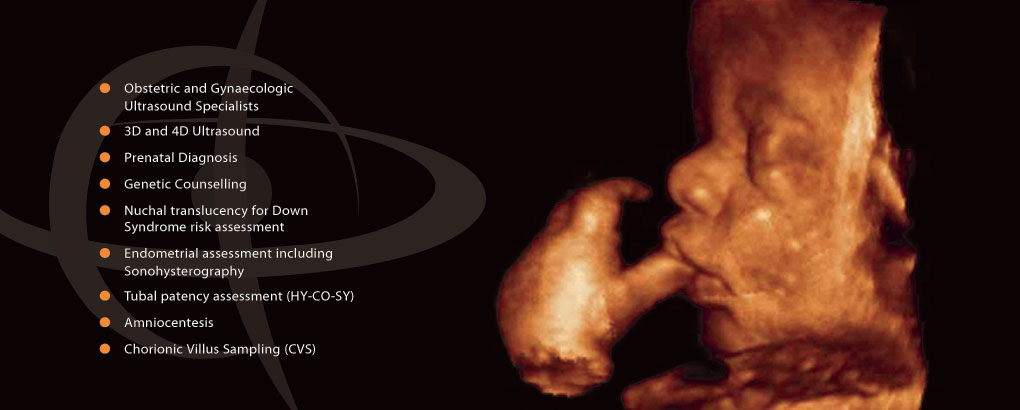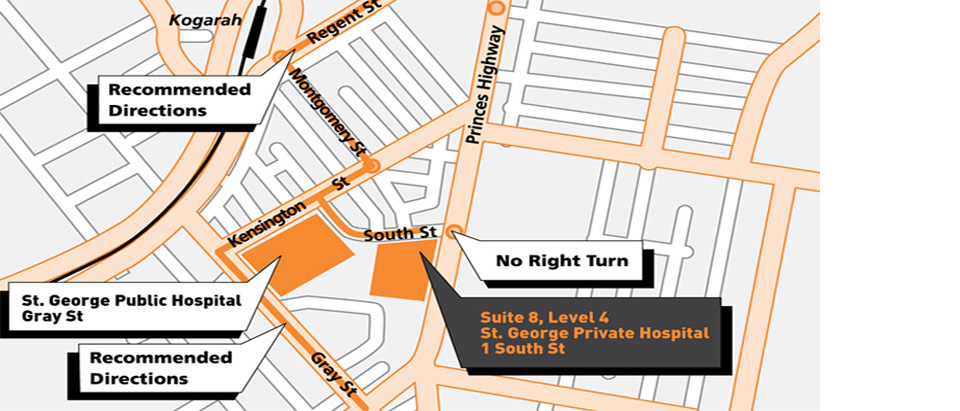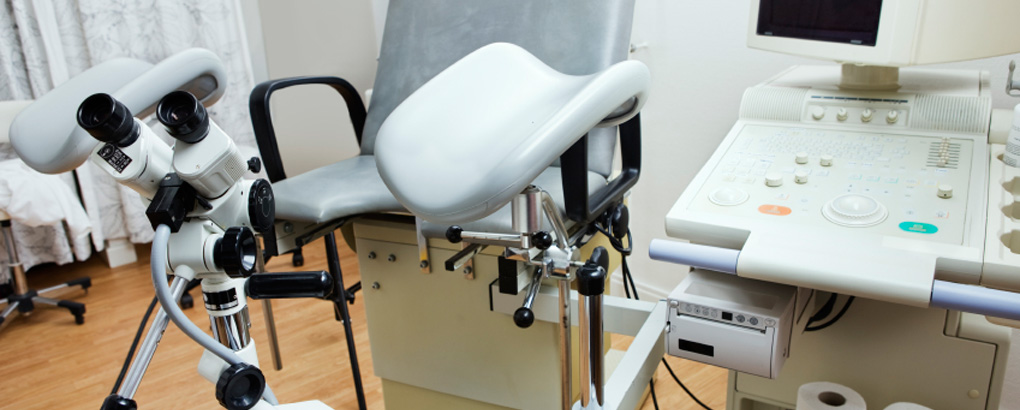Nuchal Translucency Ultrasound
11.5-14 weeks
This examination is best performed during the 12th week of your pregnancy (by your last menstrual period or previous dating ultrasound). This is a screening test used to establish the level of risk your pregnancy has for Down Syndrome and various other chromosomal abnormalities.
Although the vast majority of pregnant women have a healthy baby, on occasions this does not occur. First Trimester Screening is an ultrasound combined with a blood test principally designed to provide an individual risk assessment of your pregnancy for fetal chromosomal problems. Not all women will elect to have this screening test and we suggest you discuss this examination with your doctor.
What can we tell from the blood test?
The blood test, ideally taken at 10 weeks gestation (although it can be taken at any time between 9 and 13 weeks) is sent to the laboratory to measure the level of two fetoplacental hormones in the woman’s blood. These hormones are:
- Free βhCG (a part of the pregnancy test hormone) &
- PAPP-A (Pregnancy Associated Plasma Protein A – a growth promoting hormone in the placenta).
The levels of these two hormones are frequently abnormal when the fetus has a serious chromosome problem.
What can we tell from the ultrasound?
The ultrasound is used to assess the size of the fetus, by measuring its length from head to bottom (Crown Rump Length). In addition, the nuchal translucency, which is a small echo free space at the back of the fetal neck, is measured. All fetuses have a nuchal translucency, but the larger the nuchal translucency measurement the higher the chance that there is a problem with the baby (eg. Down Syndrome or a structural heart defect).
In addition, the ultrasound will review the fetus to:
- Ensure the fetal heart is beating
- Check the dating of the pregnancy
- Count the number of fetuses in the uterus (looking for twins or more!)
- Assessment of the early fetal structures ( this is best done at 12-13 weeks)
- Review of the mother’s pelvic organs





